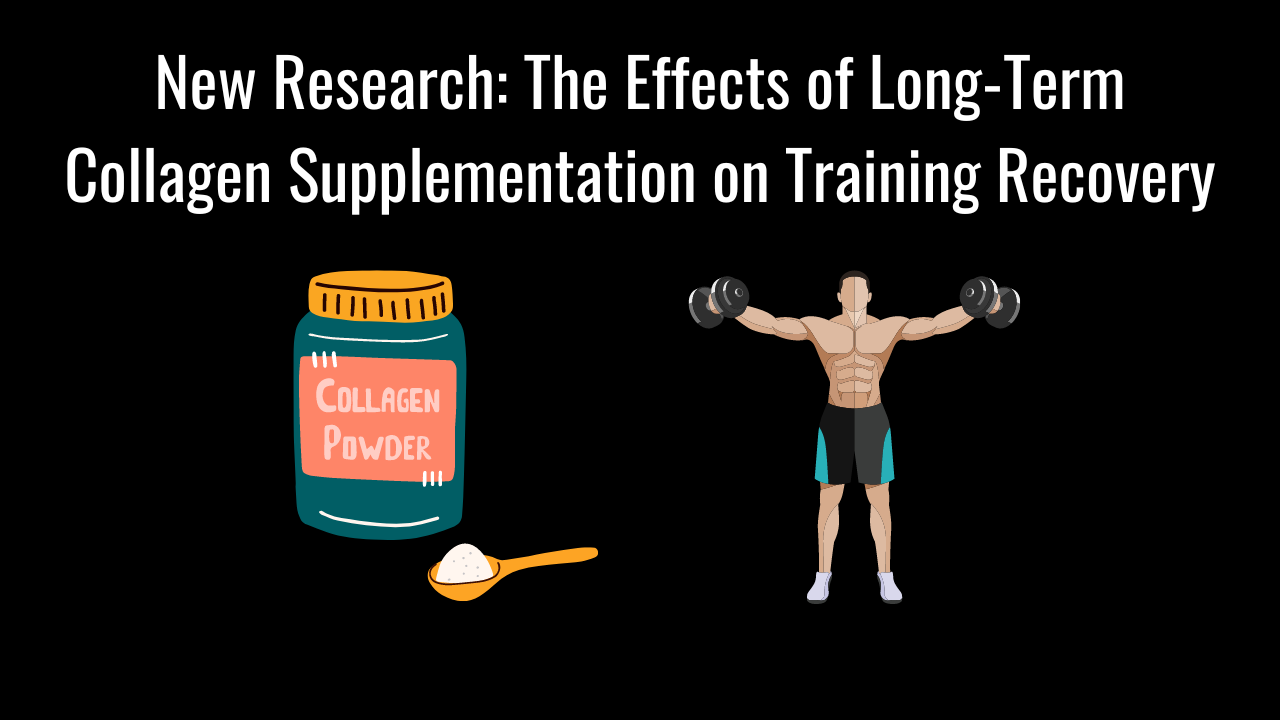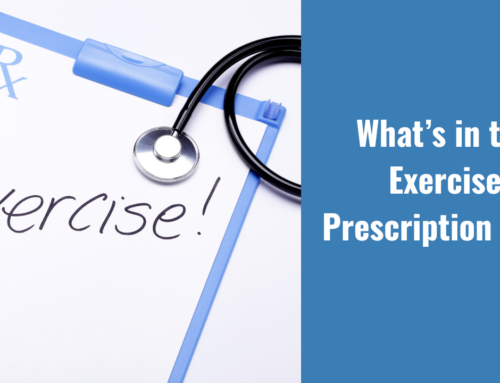Picture this – you’re out there, pushing your body to the limits, and the aftermath leaves you feeling like you’ve been through the wringer. Well, here’s some groundbreaking news. We’ve got some real-deal science showing that gulping down those collagen peptides for a short while can do wonders for your muscle recovery after you’ve put them through the exercise-induced meat grinder.
But hold on to your seats because we’re diving deeper. In our wild quest for knowledge, we wanted to know what happens when you go all-in on a long-term relationship with a specific collagen peptide (SCP) while also rocking a training regimen that would make your muscles scream for mercy.
Methods
Enter stage left 75 mostly sedentary fellas who signed up for the adventure of a lifetime – they had boring lives.
They were handed 15 grams of collagen or a sugar pill (aka placebo) and then thrown into the training ring for a mix of resistance and endurance training, 30 minutes each, three times a week, for 12 weeks.
Here’s where the rubber meets the road.
Before the training bonanza (Time course 1 aka T1) and after the sweaty marathon (Time course 2 aka T2), the research nerds put these brave souls through 150 drop jumps to induce serious muscle damage.
They kept tabs on a few key metrics: maximum voluntary contraction (MVC), rate of force development (RFD), peak RFD, countermovement jump height (CMJ), and the ever-present muscle soreness (MS).
They checked in pre-exercise, right after the workout, and 24- and 48-hours post-sweat fest 4000.
They also peeped at their body composition, checking out their fat mass (FM), fat-free mass (FFM), body cell mass (BCM), and extracellular mass (ECM) while they were chilling out before and after the 12-week training.
Results of the Collagen vs Placebo Group
The collagen group showed more improvement! As always, the devil is in the details. Here, the subjects had a daily ritual, like some twisted desert ceremony.
Each day, without fail, they had to choke down either 15 grams of a placebo (metabolically inert, they called it) or the real deal –a mixture of 10 grams of PeptENDURE® and 5 grams of TENDOFORTE®, courtesy of Gelita AG in Eberbach, Germany.
During grueling training sessions, they had to time their supplement intake to the tee with 7.5 grams to go down the hatch an hour before the torture began, and the same amount had to follow immediately after the training session.
Why, you ask? The theory is to keep collagen peptide levels in their blood sky-high during training and in the aftermath.
On the days when they got to rest, the deal was simple – gulp down the entire 15-gram dose at one go, just like on the training days.
..back to the results
For the uber-nerds, the three-way mixed ANOVA lit up the scoreboard with results that favored them big time. MVC (p = 0.02, ηp2 = 0.11), RFD (p < 0.01, ηp2 = 0.18), peak RFD (p < 0.01, ηp2 = 0.15), and CMJ height (p = 0.046, ηp2 = 0.06) shot up like fireworks on the Fourth of July in the collagen group.
Not all was positive, though, as muscle soreness (p = 0.66) and body composition (FM: p = 0.41, FFM: p = 0.56, BCM: p = 0.79, ECM: p = 0.58) stayed chill and didn’t see much change.
Conclusion
In a nutshell, what’s the takeaway from this wild ride?
A dose of 15 grams of collagen peptides and a serious dose of concurrent training for 12 weeks can turbocharge your recovery game by increasing your maximal, explosive, and reactive strength levels.
How?
“It’s my hypothesis that collagen peptide consumption stimulates pathways associated with collagen synthesis and breakdown,” said Dr. Shiloah A. Kviatkovsky.
“The breakdown of old and damaged fibers is integral in maintaining healthy connective tissue that is both strong and flexible enough to withstand and transmit forces. Otherwise, newly formed collagen will turn fibrotic, if the old, damaged fibers are not cleared out.”
“There may also be an influence on inflammatory factors, but to my knowledge, this has not been observed in any human study. The effects of collagen supplementation are also much more pronounced when combined with exercise (as was seen in the Bischof study and other studies by the Konig group), since these pathways are already stimulated by exercise. Further, the bioactive peptides are much more likely to reach connective tissue thanks to increased blood flow.”
Do This
The takeaway is to consider adding 7.5 grams before and after your strength training sessions. The downside is nil other than cost.
We don’t know if there is anything special about this collagen supplement, though. Maybe there is more of an effect from the collagen peptides?
In addition to your 20-40 grams of complete protein before training, add 8-15 grams of collagen to further speed along your gainZ. I’ve been using this approach with my M3 1-1 clients for about 4 years now, and it seems to help recovery and reduce soft tissue injuries. Standard n=small number of biased humans applies here.
My favorite source of collagen is from Bubs Collagen HERE. Use the code DRMIKE at check out to save some money too.
Funding disclosure
The authors declare financial support was received for the research, authorship, and/or publication of this article. The test products (10 g of PeptENDURE® and 5 g of Tendoforte®) and placebo (Silicea) were provided by GELITA GmbH, Eberbach, Germany. This study received funding from the GELITA GmbH, Eberbach, Germany. The funder was not involved in the study design, collection, analysis, interpretation of data, the writing of this article, or the decision to submit it for publication. Open Access funding was provided by the University of Vienna.
Reference
Bischof K, Stafilidis S, Bundschuh L, Oesser S, Baca A, König D. Influence of specific collpublication cutsd 12-week concurrent training on recovery-related biomechanical characteristics following exercise-induced muscle damage-A randomized controlled trial. Front Nutr. 2023 Nov 16;10:1266056. doi: 10.3389/fnut.2023.1266056. PMID: 38035363; PMCID: PMC10687431.






Leave A Comment